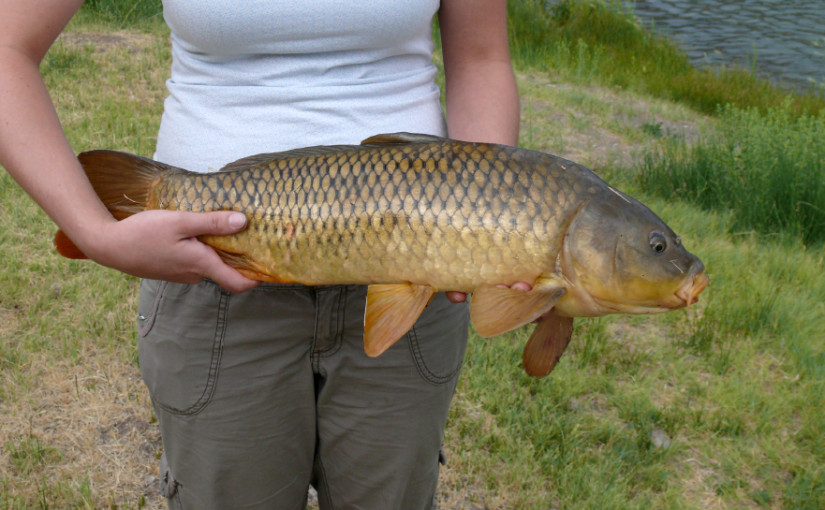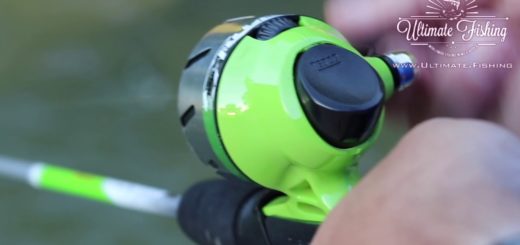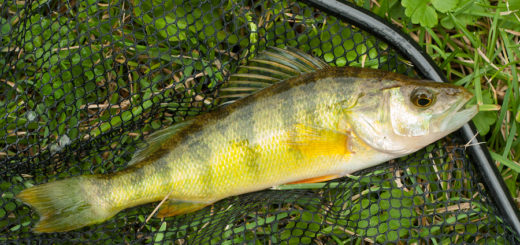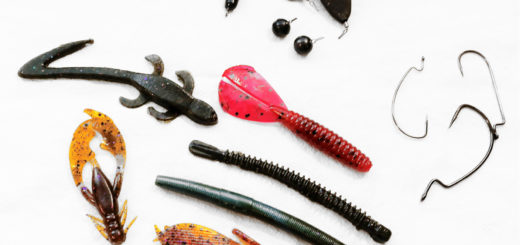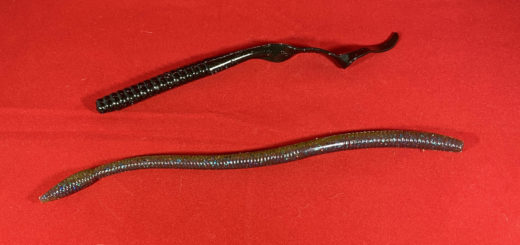Before getting into the major details, before fishing, always ensure that you obtain an angling permit for the area you are fishing.
For the novice angler, there are a few fundamental pieces of angling tools required to enter into fishing as a sport or recreation, and to immerse yourself in the angling scene.
Knowing the correct weight class of fishing line is essential, it is graded at break point, for example 15lbs line will break if the weight on the line is over 15lbs. Remember that this weight does not simply rate to the weight of the fish, as the fight when you hook onto a fish will place up to 10x the fishes weight on the line. For this reason, if you expect the biggest fish you will catch will rate at around 1kg, go for 7lbs to 12lbs line. The benefit of lower weight line is that it is often much thinner, and can improve casting distance.
Some tackle shops will try to sell you braided fishing line, which is lighter weight and has more strength than regular fishing line (known as mono-filament), to begin with however, regular mono-filament is often the best way to go. Braided is very expensive and requires you to attach a mono-filament or fluorocarbon leader to the end of the braid, this is often beyond that of the beginner, so sticking with the good old, low cost mono-filament line is the best way to begin.
Co-ordinating the right length pole is also important, on open waters such as bays, large lakes and very wide rivers, when using bait or heavy lures (lures above 20 grams) it is often best to stick to a rod length of around 2.1 meters. Rarely will larger rods be required, but if you are fishing in salt water ensure that the rod is thick in its construction, a slimmer and lighter weight rod is often best for light lure casting and freshwater situations, where fish caught will rarely be above 3kg. Salt water with a variety of large fish often demand much higher strength equipment, and when casting any bait or lure over around 20 grams, you want something sturdy and strong in construction.
For the reel there are a few options, for freshwater most people opt for a regular spinning reel, these are small reels with multiple ball bearings, they have the lowest drag possible and are extremely light weight. This suits the travelling nature of the water, ensures that the line is able to cast the maximum distance even on the lightest of lures, and provides just enough strength to fight a fish of upto around 5 to 7kg in weight to the shoreline.
For salt water, where the type of fish hooked could be substantial in comparison to freshwater, a larger spinning reel is often preferred, for catching extremely large fish over 10kg, then you will want to switch to an overhead reel.
Overhead reels also come in smaller sizes, some may prefer a small overhead to a regular spin when casting short distance into freshwater, it all depends on personal preference. Starting with a spinning reel however, and some basic advice on how to use it, is often the best method of fishing, although there are a few things required to operate them, they are by far the most reliable when it comes to fishing for species under 10kg, or for species where the fight they put up is not substantial.
Many factors can cause a spinning reel to snap a line or tangle, don’t stress, even experienced anglers experience this sometimes. For those who want to avoid this problem, a switch to overhead or spincast style reel exists as a much more reliable, albeit nowhere near as accurate (in terms of lure casting) option, the spincast is often used by children learning to fish, as it is a simple press button style and is easier learnt compared to spin reels.
The fundamental goal in fishing is to co-ordinate the pole, reel and line to get the correct casting distance and angle, many people begin fishing swinging the pole like a baseball bat, this is not a correct method unless you are fishing in narrow waters where a direct cast is very difficult. The best way for lures or small baits is to cast overhead, take the pole and take it completely over your shoulder, so the line is inverted, ensure nobody is walking behind or beside you and if clear, bring the rod fast over your head to around chest height on a 75 degree angle, letting the line go as it passes through becoming completely vertical.
This will ensure the longest distance is achieved and the lure or bait will travel completely in front of your starting angle, if the cast is too short, you can increase the power of which you bring it over your shoulder, or if the distance too long, lower the amount of force you use to bring it over your shoulder vertically.
This article has covered the very basics of how to begin fishing, what we haven’t yet covered is knots, specific bait rigs, how to choose a bait, and what equipment is required to rig a line with bait or a lure.
For now we will end with the items you should have at minimum before heading out, they include fishing nets, fishing pliers / scissors (these are often combined together and ensure you are able to remove the hook from the fishes mouth easily), a fishing priest (a small metal club used to kill fish, they should never be left out of water to die as this is stressful to them, a heavy hit a few times just behind the eyes on the absolute top of the head will kill most fish, for eels though a sharp blade straight through this area wiggled when no more impact can be had is the regular method for ray finned or flat headed fish).
Remember to bring a basic first aid kit too, cuts are common when you begin fishing, as is getting hooked yourself on a lure or baited line if the correct care is not taken.
If it is a warm day then a small plastic container filled with ice to keep the bait in is a good method, as is wearing a cap and placing sunscreen to ensure you aren’t burnt to a crisp and able to fish again the following day or weekend!
Bring some snacks for lunch in case it is not your lucky day fishing is also good, not every-time you go out will you hook a fish, and it may take some time initially, but persistence will always eventually pay off.
Good luck and tight lines!
